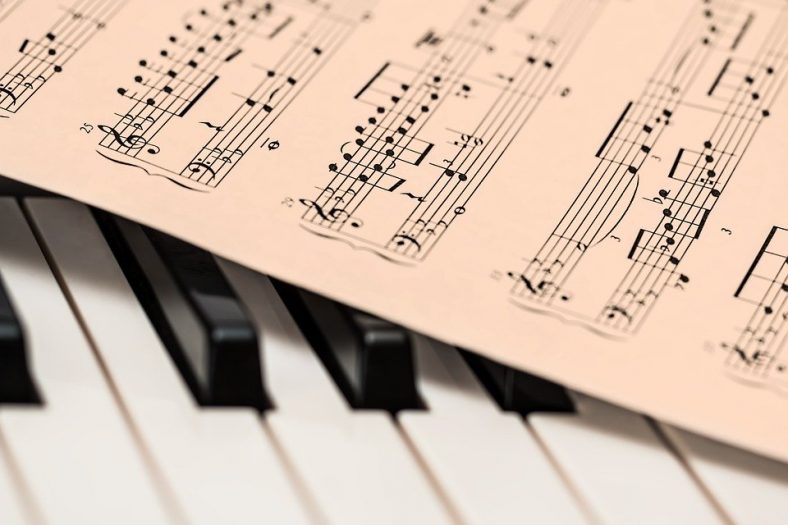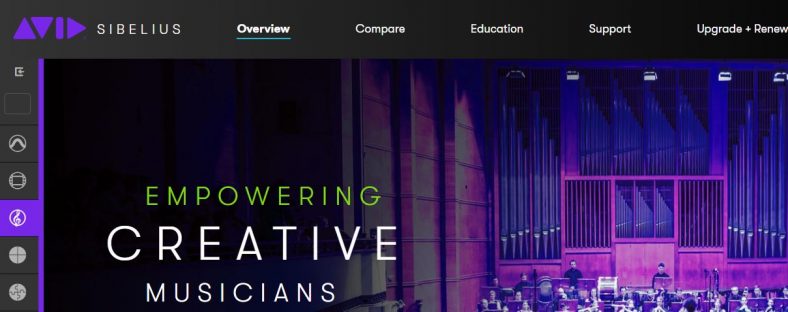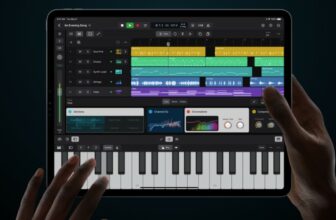How to Convert MIDI to Sheet Music (Free and Paid Options)

Thinking about automatically converting MIDI tracks to sheet music? There are a variety of great options to choose from.
If you were wondering which software you can use to do this properly, we have created a list of the best software and online services you can use to get the work done.
With these babies, you are sure to get the best results out of your MIDI files conversion.
Keep in mind – MIDI to music notation software is not perfect and it comes with some drawbacks. We’ve outlined these later on in the article.
Apart from DAWs, there are also independent pieces of software and online tools that are built specifically to convert MIDI samples to notation sheets. Some are free and some are paid, but they all do a pretty decent job at this.
You can get them as a computer program or just use an online service that does the conversion for you. In any way, there are a lot of options out there for this kind of job.
Contents
1. Sibelius

AVID’s Sibelius is probably the best and the most known piece of software for music writing in the world. Bearing the name of the famed Finnish composer, this software is the industry standard in the composing world, and as such, it’s no wonder it has a MIDI to sheet music converter built-in.
In this program, you can easily import MIDI files and get them converted into notes which you can then arrange and edit as you like before you output them for further use.
This makes composing much easier, as you can create simple melodies in MIDI format and then convert them automatically to the notation sheet. These can then further be used for any instruments you wish, enabling you to experiment easily.
Since this is a wholesome software for composing and not just a MIDI to notes converter, it’s paid. But, if you’re serious about writing your music, the price is not that high for a program that is truly essential for your further work.
2. Musescore
Another famous music sheet program, Musescore, is free software that is used for sheet music writing. As such, it, of course, has a MIDI to notes converter built-in. This converter allows you to edit the notes before exporting them. And the best thing about it is that it’s all free!
3. Lilypond
Another free notation program, Lilypond, is developed for the GNU project and, as such, is absolutely free. It doesn’t have such a sleek finish as some of the paid programs, but this is a piece of software made by musicians for musicians.
As such, it has great functionality, and that can be seen in a MIDI to sheet music converter. It will allow you to edit the sheet music before exporting it finally and read the MIDI sounds.
What is MIDI?
MIDI is a computer information protocol that has been an industry standard for almost 40 years. It has been used since its creation as the main protocol for taking information from electronic instruments and converters to the computer, where that information is converted into music. It has become the industry standard and has been used widely in modern music.
But, if it is used in the music industry so widely, it’s expected that turning it to sheet music to be played by human musicians should be quite easy and a normal process, right? Well, here we come to the main problem of turning the MIDI signal into sheet music.
Music, as played and precepted by humans, has different keys, breaks, stops, and arpeggios that MIDI does not contain. Therefore you don’t get the full picture when converting MIDI to sheet music.
Issues with Converting MIDI to Sheet Music
Of course, you should always keep in mind that when you convert MIDI music to notation sheets, you won’t get everything you need. This means that, yes, you will get a rough translation of MIDI music, but the quality of results may vary.
With this in mind, a lot of the programs have an in-built option of enabling you to edit the sheets before finally outputting them in PDF or any other format you want. This means that you will get notes translated from the MIDI signal and written down, but you should manually enter the key and everything else that is missing in that sheet score before outputting.
Of course, this means that you should first of all be familiar with sheet music. If you don’t have formal music education or you have never worked with sheet music, you should avoid doing this. It’s a comparison to an illiterate person trying to write down a speech – it’s just going to come out wrong.
You need to be able to read the sheet music and to know how to write down anything you need, as you will just get a bunch of notes on a paper which don’t make sense. Proofreading is a must in this sense to get a truly well-written and usable notation sheet.
Conclusion
If you work with MIDI instruments as a main type of music composing, then you should think about using MIDI to sheet music converters. Of course, it’s not automated fully, and you do need to look out for certain things. If you know how to overcome those difficulties, then these are great tools to use.






